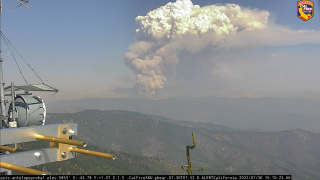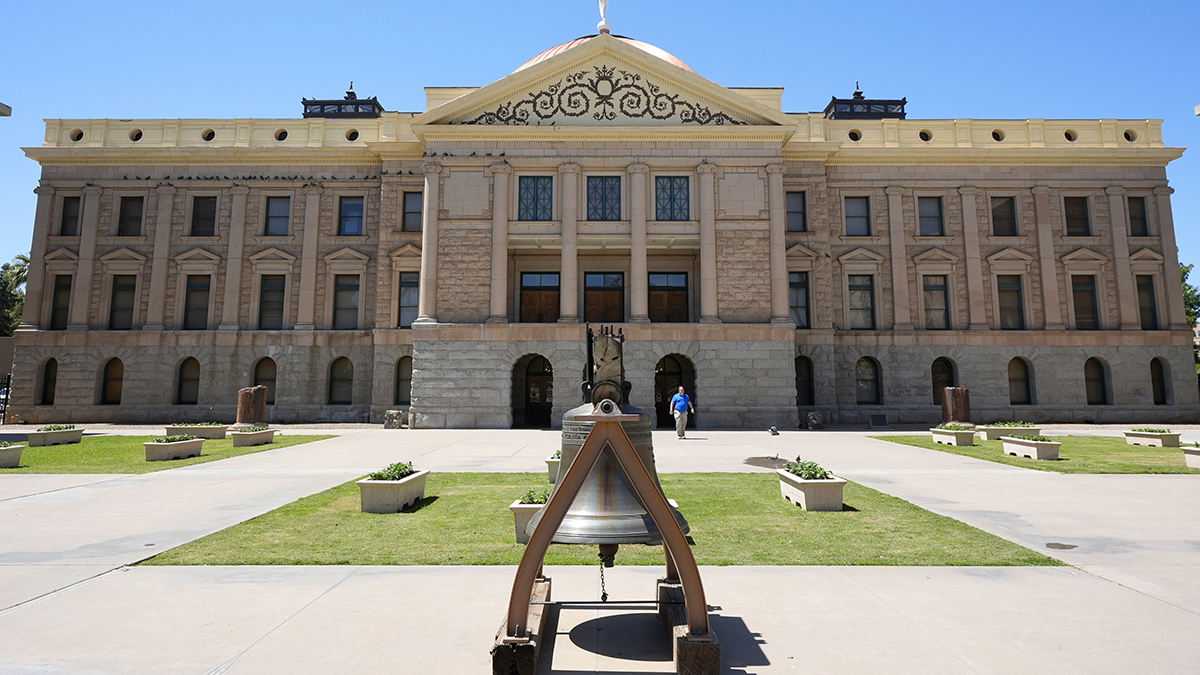
Wildfires in California and Montana exploded in size overnight amid windy, hot conditions and were quickly encroaching on neighborhoods, forcing evacuation orders for over 100 homes Saturday, while an Idaho blaze was spreading.
In California's Klamath National Forest, the fast-moving McKinney fire, which started Friday, went from charring just over 1 square mile (1 square kilometer) to scorching as much as 62 square miles (160 square kilometers) by Saturday in a largely rural area near the Oregon state line, according to fire officials. The fire burned down at least a dozen residences and wildlife was seen fleeing the area to avoid the flames.
As fires raged across the West, the U.S. House on Friday approved wide-ranging legislation aimed at helping communities in the region cope with increasingly severe wildfires and drought — fueled by climate change — that have caused billions of dollars in damage to homes and businesses in recent years.
Get Connecticut local news, weather forecasts and entertainment stories to your inbox. Sign up for NBC Connecticut newsletters.
“It's continuing to grow with erratic winds and thunderstorms in the area and we're in triple digit temperatures," said Caroline Quintanilla, a spokeswoman at Klamath National Forest.
High temperatures, excessive wind and low humidity levels along with a significant build-up of vegetation in the region were feeding the McKinney fire, said Tom Stokesberry, a spokesman with the U.S. Forest Service for the region.
“It’s a very dangerous fire — the geography there is steep and rugged, and this particular area hasn’t burned in a while,” he said.
U.S. & World
McKinney’s explosive growth forced crews to shift from trying to control the perimeter of the blaze to trying to protect homes and critical infrastructure like water tanks and power lines, and assist in evacuations in California’s northernmost county of Siskiyou. Smoke from the fire caused the closure of portions of Highway 96.
Deputies and law enforcement were knocking on doors in the county seat of Yreka and the town of Fort Jones to urge residents to get out and safely evacuate their livestock onto trailers. Automated calls were being sent to land phone lines as well because there were areas without cell phone service.
Over 100 homes were ordered evacuated and authorities were warning people to be on high alert.
“We’re asking residents all over the area to be ready,” Siskiyou County Sheriff’s Office spokesperson Courtney Kreider said. “Last night we were pushing out evacuations about every hour, and there are large portions of the county that are in warning areas.”
Moments later, she said, “Oh — we just added another zone to the evacuation warning.”
Meanwhile, crews made significant progress in battling another major blaze in California that forced evacuations of thousands of people near Yosemite National Park earlier this month. The Oak fire was 52% contained by Saturday, according to a Cal Fire incident update.
The legislative measure approved by federal lawmakers Friday combines 49 separate bills and would increase firefighter pay and benefits; boost resiliency and mitigation projects for communities affected by climate change; protect watersheds; and make it easier for wildfire victims to get federal assistance.
The bill now goes to the Senate, where California Democratic Sen. Dianne Feinstein has sponsored a similar measure.



